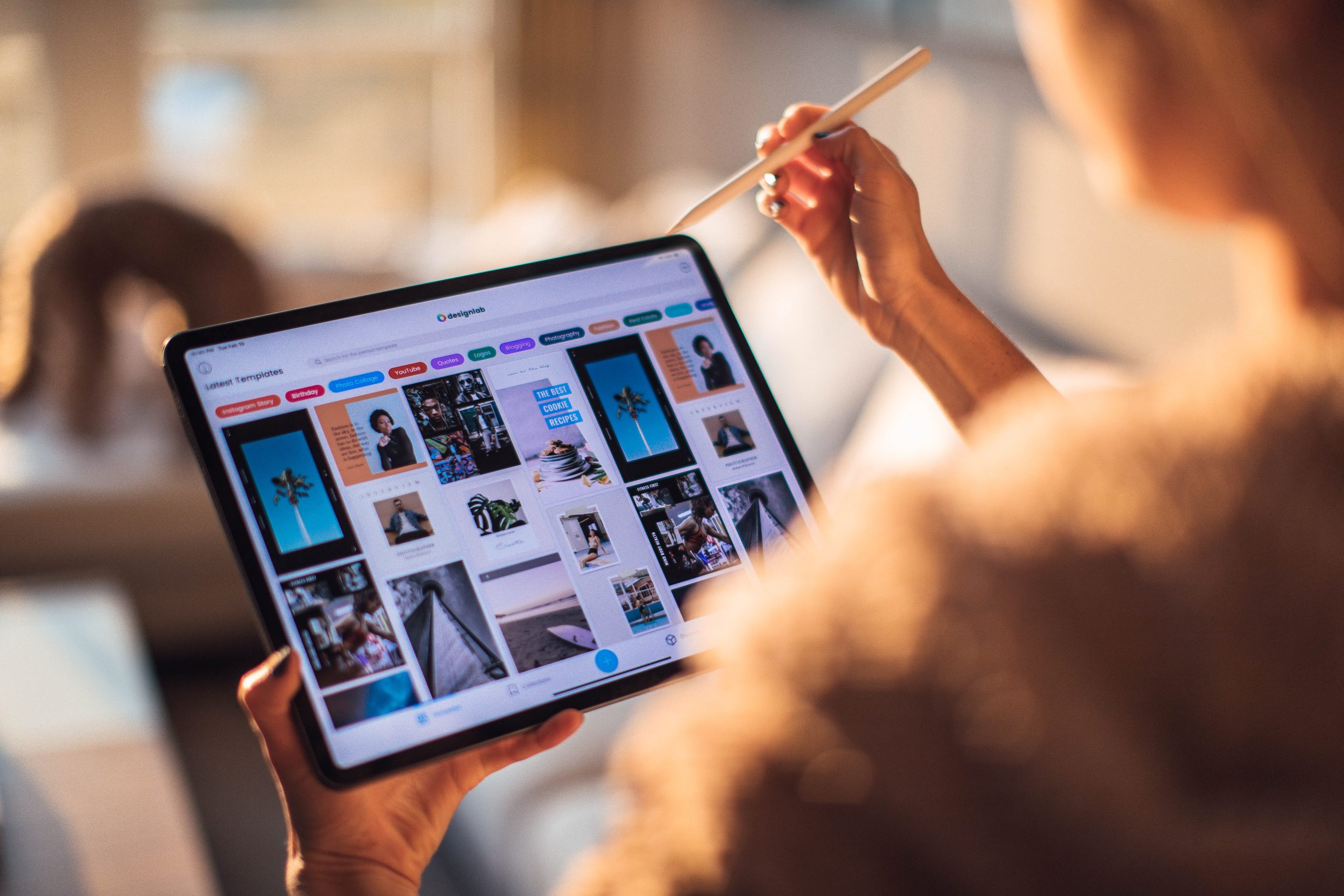How Mobile Marketing Combines Pop And Push Traffic

Mobile marketing is a constantly evolving field, with new strategies and technologies emerging all the time. Two of the most common types of mobile marketing are pop and push traffic. Both can be effective in reaching customers, but they work in different ways and have their own unique benefits and drawbacks.
Pop traffic refers to advertisements that appear in a new window or tab when a user clicks on a link or visits a website. These ads can be highly targeted, and are often used to promote products or services that are related to the content of the website being visited. Pop traffic can be effective in generating leads and driving conversions, but it can also be intrusive and annoying to some users.
Push traffic, on the other hand, involves sending notifications directly to a user’s mobile device. These notifications can be personalized and highly targeted, and can be used to promote a variety of different products and services. Push traffic can be more effective than pop traffic in terms of engagement and click-through rates, but it can also be more difficult to set up and manage.
Combining pop and push traffic can be an effective strategy for mobile marketers. By using both types of traffic, businesses can reach a wider audience and target users at different stages of the sales funnel. For example, pop traffic can be used to generate initial interest and awareness, while push notifications can be used to promote specific products or services and drive conversions.
To effectively combine pop and push traffic, mobile marketers need to carefully plan and execute their campaigns. They need to identify their target audience, develop engaging and relevant ads, and use data and analytics to measure the effectiveness of their campaigns.

One key factor to consider when using pop traffic is the timing and frequency of the ads. Pop ads that appear too frequently or at the wrong time can be annoying to users and may lead to high bounce rates. It’s important to carefully consider the user experience and ensure that pop ads are used in a way that enhances, rather than detracts from, the overall website or app experience.
Push notifications also need to be carefully managed. They should be personalized, relevant, and timely, and should provide real value to the user. Push notifications that are overly promotional or irrelevant may be ignored or even lead to users uninstalling an app or blocking notifications.
To effectively use pop and push traffic together, mobile marketers also need to consider the overall user experience. They need to ensure that their ads and notifications are consistent with their brand and messaging, and that they are providing real value to their target audience.
In addition, mobile marketers need to be aware of the potential legal and ethical implications of using pop and push traffic. They need to comply with applicable laws and regulations, such as the General Data Protection Regulation (GDPR) in the European Union, and ensure that they are obtaining the necessary consent from users before sending push notifications or using pop traffic.
Overall, combining pop and push traffic can be an effective strategy for mobile marketers looking to reach their target audience and drive conversions. By carefully planning and executing their campaigns, and focusing on the user experience, mobile marketers can use pop and push traffic to enhance their overall mobile marketing strategy and drive long-term growth.

In conclusion, mobile marketing is a rapidly growing field that offers businesses a range of effective strategies to reach and engage their target audience. Pop and push traffic are two popular types of mobile marketing that can be used together to create a comprehensive and effective marketing strategy.
Combining pop and push traffic allows businesses to reach a wider audience and target users at different stages of the sales funnel. Pop traffic can be used to generate initial interest and awareness, while push notifications can be used to promote specific products or services and drive conversions.
To effectively use pop and push traffic together, mobile marketers need to carefully plan and execute their campaigns. They need to consider factors such as timing, frequency, and user experience, and ensure that their ads and notifications are consistent with their brand and messaging.
Mobile marketers also need to be aware of the potential legal and ethical implications of using pop and push traffic. They need to comply with applicable laws and regulations, such as GDPR, and obtain the necessary consent from users before sending push notifications or using pop traffic.
Overall, combining pop and push traffic can be a powerful way for businesses to engage their target audience and drive growth through mobile marketing. By taking a strategic and thoughtful approach, businesses can create campaigns that are effective, relevant, and engaging, and that enhance the overall user experience.
___
by Thomas Theodoridis
source: Dailyclicks

